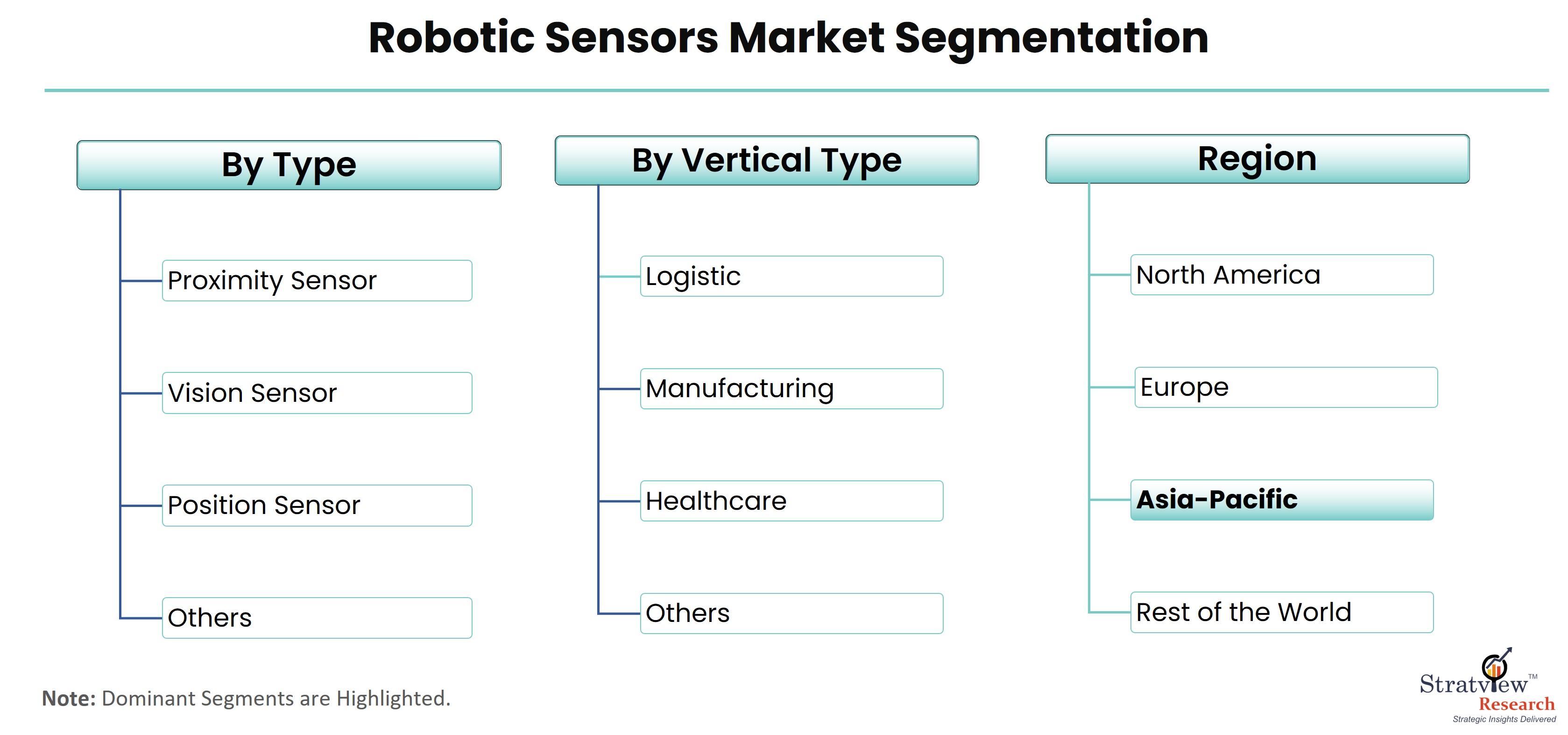According to Stratview Research, the robotic sensors market was estimated at USD 1.94 billion in 2022 and is likely to grow at a CAGR of 9.48% during 2023-2028 to reach USD 3.33 billion in 2028.
In the realm of robotics, sensors serve as the eyes, ears, and even the touch of machines, enabling them to perceive and interact with the world around them. As we stand on the cusp of a new era defined by automation and artificial intelligence, the role of sensors in robotics has never been more crucial. In this article, we delve into the dynamic landscape of the robotics sensor market, exploring its evolution, current trends, and future prospects.
The Evolution of Robotics Sensors:
The journey of robotics sensors traces back to the early days of automation when simple proximity sensors and encoders paved the way for the mechanization of tasks in industrial settings. Over the years, advancements in technology have propelled sensors from basic detection devices to sophisticated instruments capable of capturing and interpreting complex environmental data in real-time.
Key Market Drivers:
Several factors are driving the growth of the robotics sensor market:
Rise of Automation: The increasing adoption of automation across industries, from manufacturing and logistics to healthcare and agriculture, is fueling the demand for robotics sensors. These sensors enable robots to navigate environments, manipulate objects, and perform tasks with precision and efficiency.
Advancements in AI and Machine Learning: The integration of artificial intelligence (AI) and machine learning algorithms with robotics sensors is unlocking new capabilities and applications. Smart sensors equipped with AI algorithms can learn from experience, adapt to changing conditions, and make autonomous decisions, thereby enhancing the intelligence and autonomy of robotic systems.
Demand for Sensory Perception: As robots venture into unstructured environments and collaborate with humans, the need for advanced sensory perception becomes paramount. Robotics sensors, including vision systems, LiDAR, radar, and tactile sensors, enable robots to perceive depth, distance, texture, and temperature, facilitating safe and effective interaction with their surroundings.
Industry 4.0 Initiatives: The emergence of Industry 4.0 initiatives, characterized by the integration of cyber-physical systems, the Internet of Things (IoT), and data analytics, is driving the adoption of sensors in smart factories and connected industrial ecosystems. Robotics sensors play a vital role in monitoring equipment health, optimizing processes, and enabling predictive maintenance in Industry 4.0 environments.
Trends Shaping the Market:
Several trends are shaping the dynamics of the robotics sensor market:
Miniaturization: There is a growing emphasis on miniaturizing sensors to reduce size, weight, and power consumption, while maintaining or even enhancing performance. Miniature sensors enable the development of compact and agile robots suitable for applications in confined spaces or mobile platforms.
Multimodal Sensing: Multimodal sensors capable of integrating multiple sensing modalities, such as vision, LiDAR, and inertial sensing, are gaining prominence. By fusing data from different sensor types, robots can achieve a more comprehensive understanding of their environment and improve robustness in perception and decision-making.
Edge Computing: With the proliferation of IoT devices and the exponential growth of data generated by robotics sensors, there is a growing trend toward edge computing solutions. Edge computing enables data processing and analysis to be performed closer to the source, reducing latency, bandwidth requirements, and reliance on cloud infrastructure.
Ethical and Regulatory Considerations: As robots become more pervasive in society, ethical and regulatory considerations surrounding robotics sensors are coming to the forefront. Issues such as data privacy, security, and bias in sensor data are prompting discussions and initiatives aimed at ensuring responsible development and deployment of robotic technologies.
Looking Ahead:
As we peer into the future, the robotics sensor market holds immense potential for innovation and growth. From advancements in sensor technology and AI integration to applications in emerging fields such as autonomous vehicles, robotics sensors will continue to be at the forefront of technological disruption and transformation. By exploring the frontiers of sensing and perception, we are not only shaping tomorrow's robots but also reimagining the possibilities of human-machine interaction in a rapidly evolving world.
